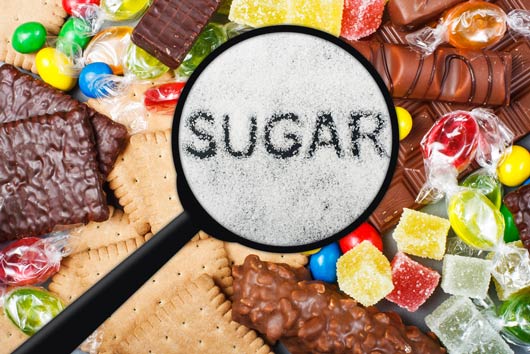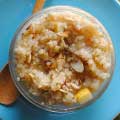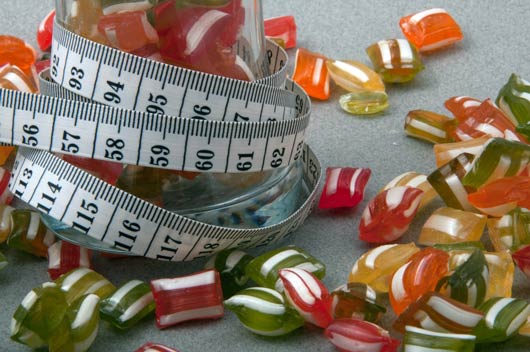
Given the continued rise in diabetes and obesity in our country, health experts advise that the public understand the body’s glycemic response to foods—as well as the myriad sugar alternatives out there. When sugars are added to food during its preparation or processing they add empty calories, spike blood sugar and may promote weight gain. Sweeteners with a low-glycemic index, however, can cause fewer spikes in your blood sugar since they are digested at a slower rate. This means that they break down into energy more efficiently versus those with higher glycemic indexes such as table sugar or refined flours such as white bread, that cause higher peaks in glucose since the body can’t process them as quickly, storing them as fat.
In fact, it seems everything you read today claims sugar is simply toxic for the body. Due to this, there’s been a rush by the health conscious to replace table sugar and high-fructose corn syrup with more natural sweeteners like agave nectar or maple syrup. But while other low-glycemic sweeteners like raw honey or stevia provide a low-or no-calorie alternative that does not affect blood sugar, sometimes the levels of fructose found in many of these low-glycemic sweeteners such as agave syrup, which has more fructose than sugar, can be just as bad for you. So with all these sugar alternatives, what to make of it all?
Read Related: Sugar Detox: How to Curb Your Sweet Tooth

Most foods at the supermarket now include glycemic values on their labels for you to be aware of if you are watching your weight or are concerned with sugar levels. But for the most part as long as you follow a healthy diet and avoid sweets you shouldn’t be overly concerned. Frank M. Sacks, a professor at Harvard Medical School and an author in glycemic studies told The New York Times that: “People should eat whole grains, fresh produce and high fiber foods because of the nutrients they contain. But unless someone has diabetes and must monitor their blood sugar levels, people who are already following a healthful diet do not need to worry about the blood-sugar impact of one type of fruit or grain versus another.” In other words, as long as you don’t have diabetes you shouldn’t have to strictly follow the glycemic index system.

But if you’re still looking for healthier alternatives to white table sugar or fructose, there are newer and more natural kinds of low-glycemic index sweeteners to choose from, though some have their pluses and their minuses. For instance, coconut palm sugar is considered a healthiest sweetener has a low-glycemic index compared to regular sugar, although it has the same number of calories. But coconut sugar is rich in magnesium, potassium, zinc, and B vitamins and has a glycemic index of 35. Lucuma powder (made from a Peruvian fruit) is rich in minerals such as iron, zinc, and potassium. And while one tablespoon of white sugar contains 14 g of sugar calories, one tablespoon of lucuma only contains 2 grams, although it still has 60 calories overall and a glycemic index of 25. Finally, there’s the super popular yacon sweetening alternative. Extracted from the yacon plant, this South American tuber sweetener promotes healthy bacteria balance in the digestive tract and has an ultra-low glycemic index of 1. Ain’t life sweet?










